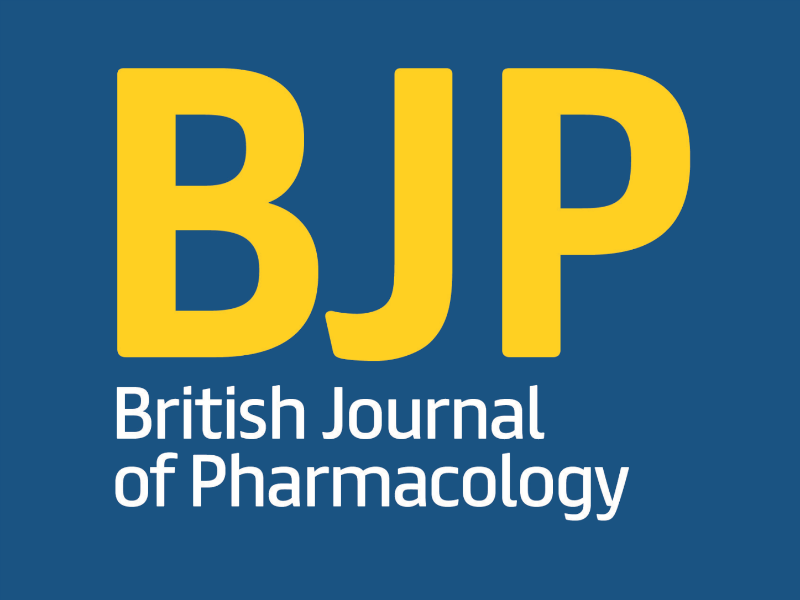
New editorials published in the British Journal of Pharmacology provide guidance for authors of papers submitted to the journal, with guidance on how to design and conduct experiments as well as what key information should be provided in methodology and presentation of data. The aim is to improve replication and provide greater confidence for readers that the research is sound and of high quality. All of the editorials are freely accessible.
The Design & Analysis Update follows guidance published in 2015, with simplifications for ease of understanding to make it more straightforward for peer reviewers to check compliance and to facilitate the curation of the journal’s efforts to improve standards. The objective is to aid with manuscript preparation and help peer review become more consistent and transparent, generating research articles whose data are more likely to be reproducible. The authors will revisit the guidance in 2020 but will also conduct six-monthly audits to monitor its effects, and introduce new guidance as appropriate.
To further improve reproducibility of research findings, the British Journal of Pharmacology has examined two aspects of data reporting that are the subject of intense debate: (1) the extent to which raw data should be made accessible to readers and (2) the format for presenting the data in a way that reveals qualities of the datasets that underpin the validity of authors’ conclusions. The authors provide approaches to data presentation that support transparency recommending scatter plots for presentation where possible.
Finally, the reproducibility of preclinical investigations is inevitably hindered by inadequate transparency regarding methodologies employed. The British Journal of Pharmacology has long since recognised the need for full disclosure and this is reflected by no word count restrictions on methods enabling description in sufficient detail, specifically of tools, cells, animals, instruments, and conditions . The third editorial specifically provides a checklist for authors, reviewers, and editors regarding guidelines for immunoblotting and immunohistochemistry. These are used to assess changes in protein expression and serve as primary methodologies for the detection and quantification of molecular signalling pathways and the identification of therapeutic targets.
“The British Journal of Pharmacology aims to publish as much excellent pharmacology as possible but also recognises that best practice in discovery science is constantly evolving. Our aim with these editorials is to ensure that our readers and authors are provided with the most up to date but pragmatic guidance in delivering excellent pharmacology,”
Amrita Ahluwalia, PhD, of Queen Mary University of London, who is Editor-in-Chief of the British Journal of Pharmacology and who co-authored all 3 editorials.